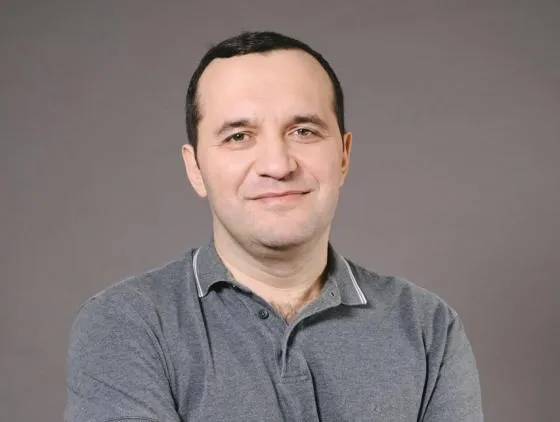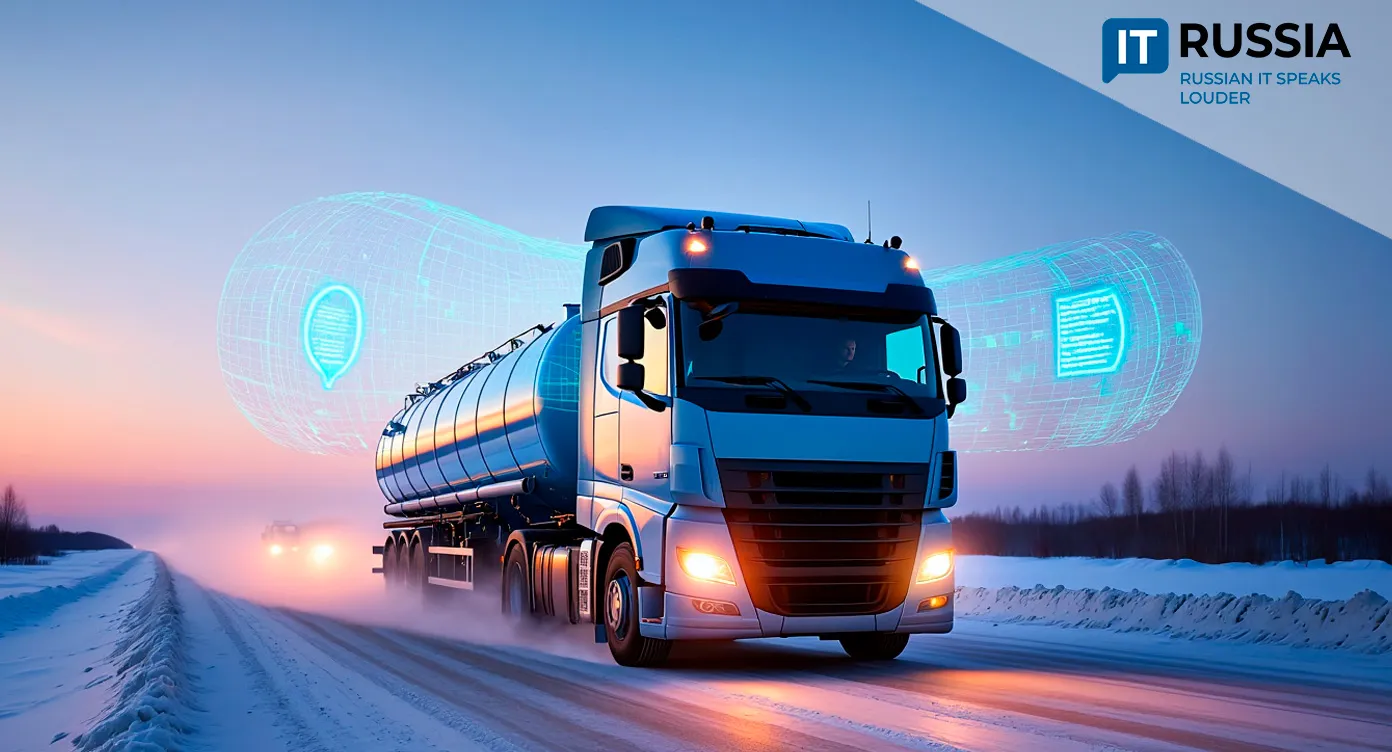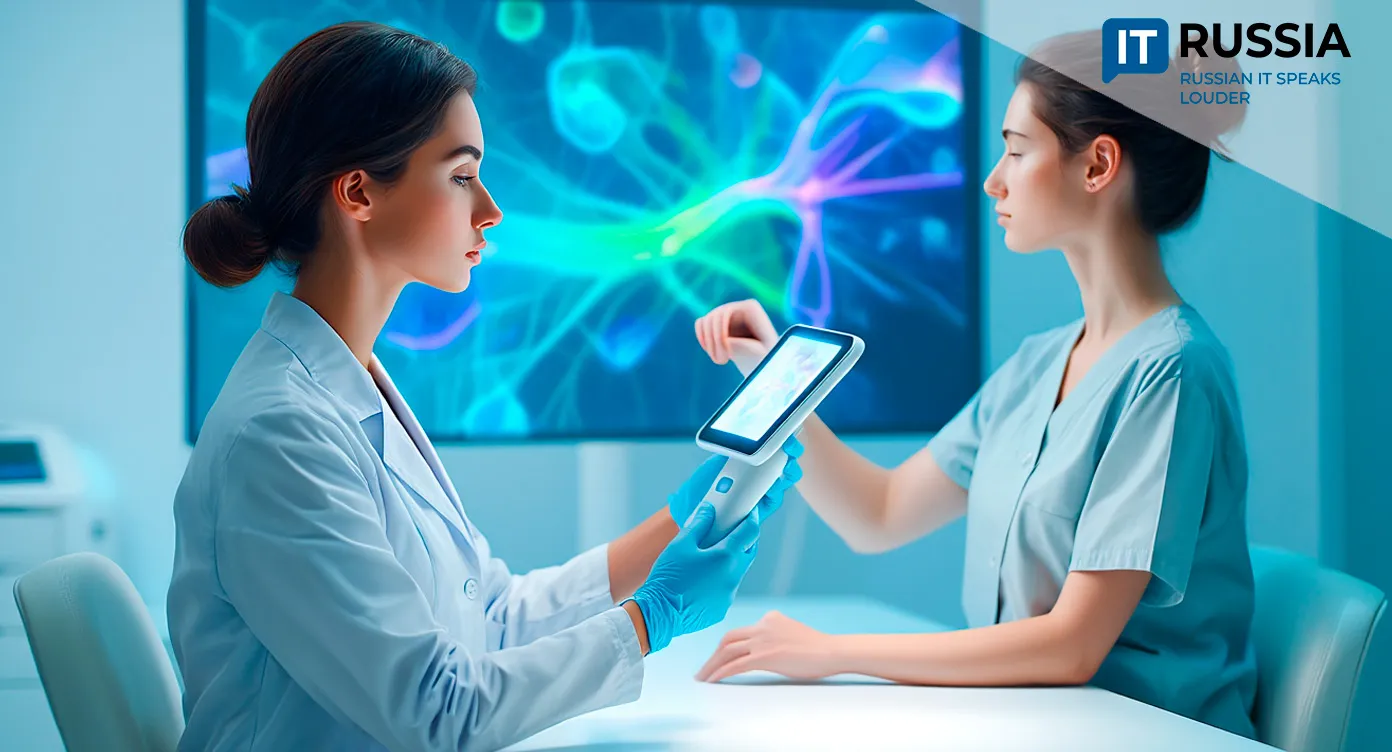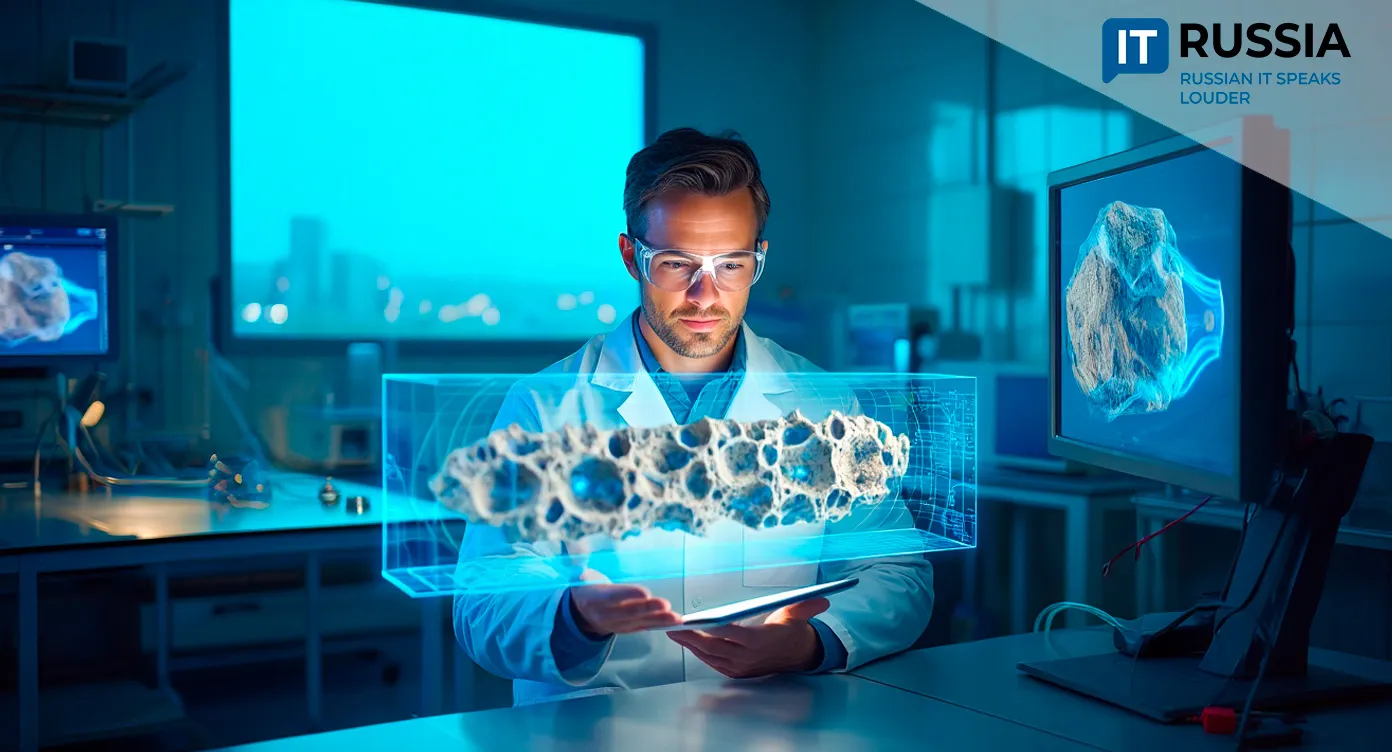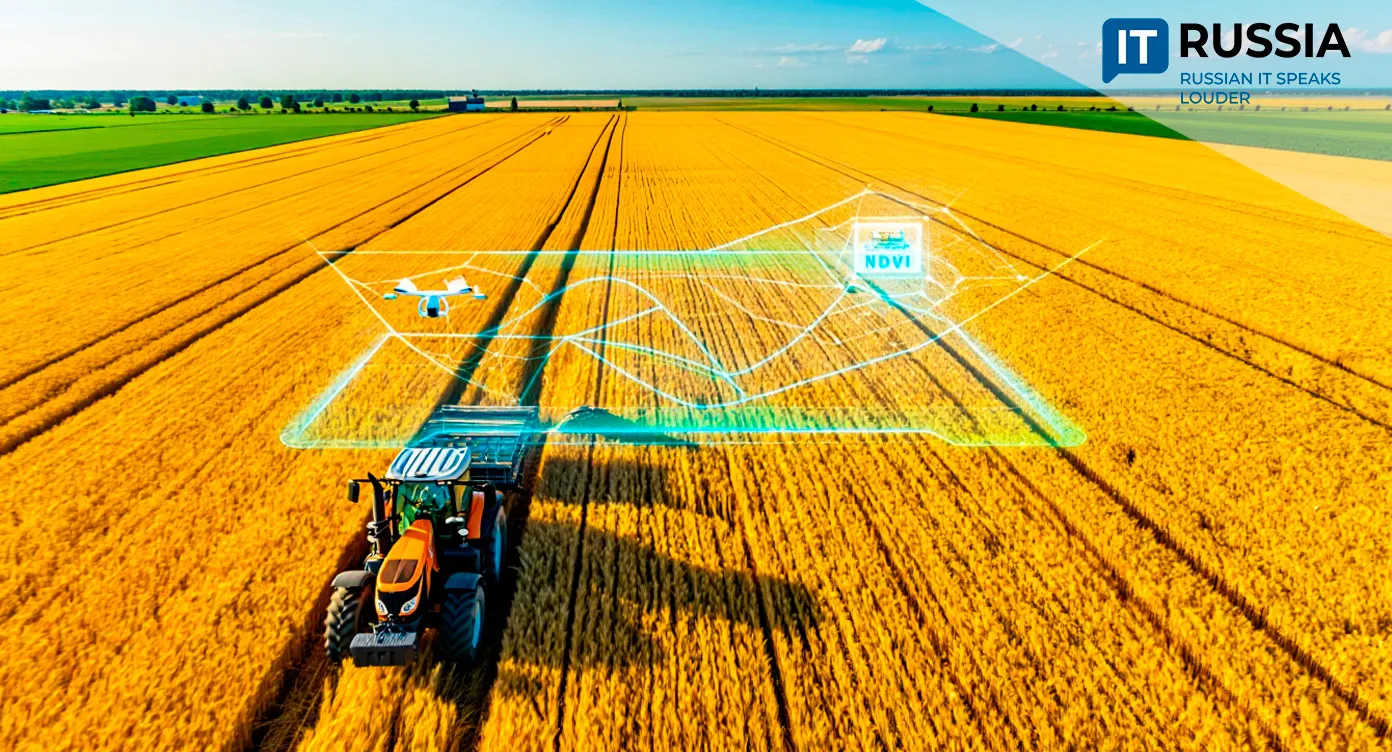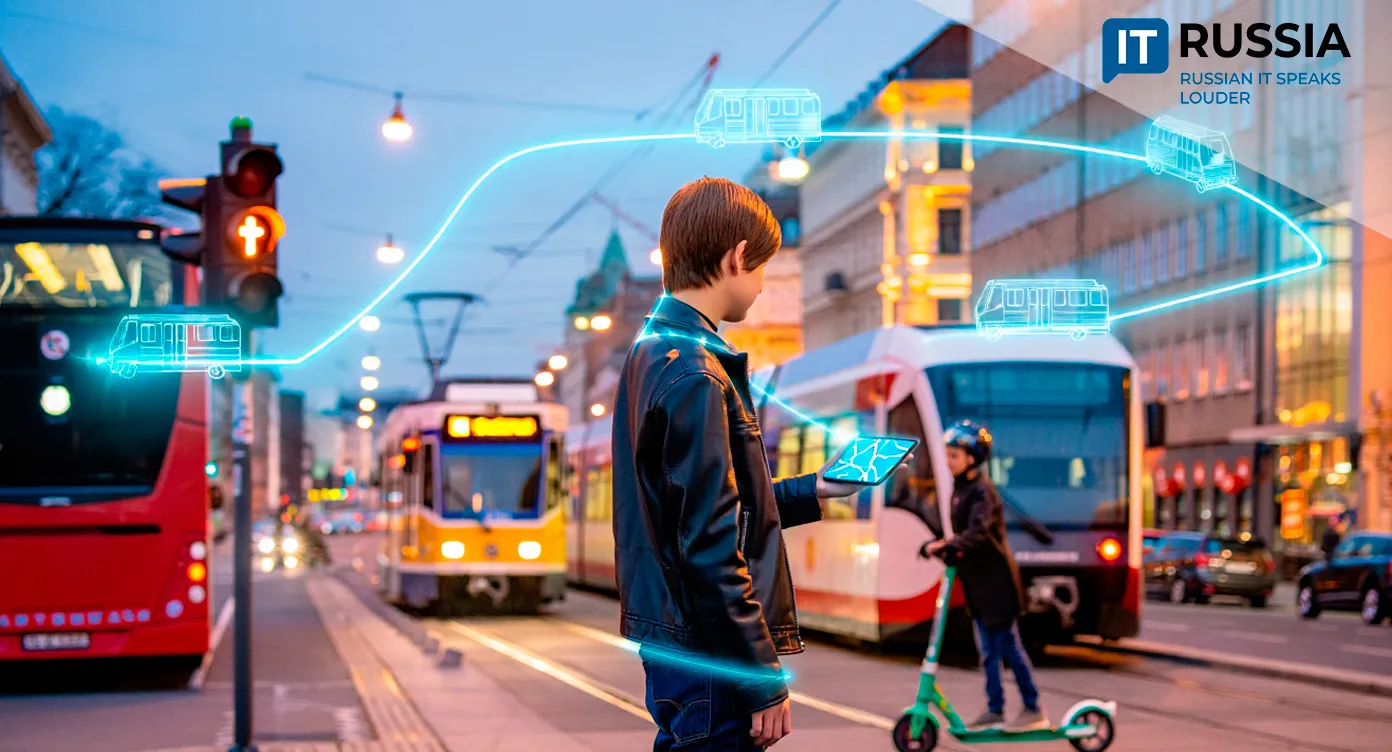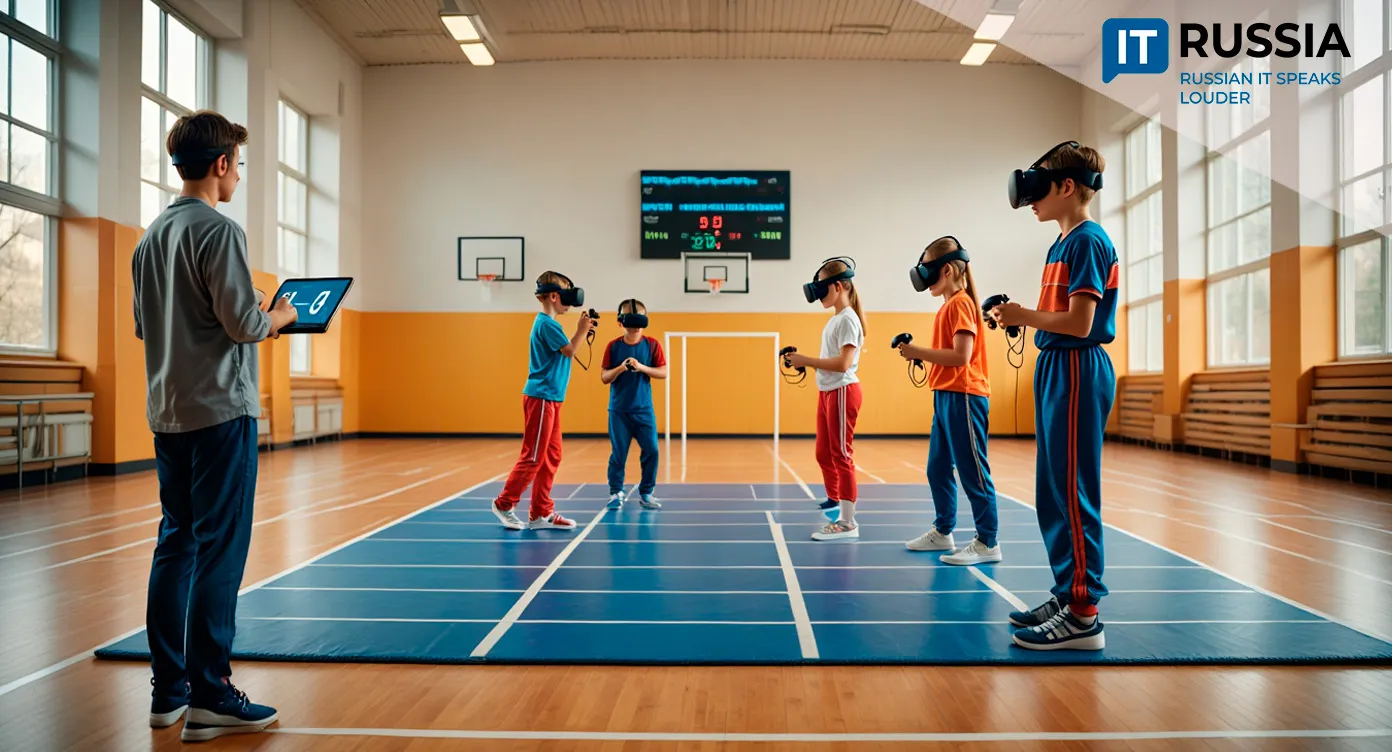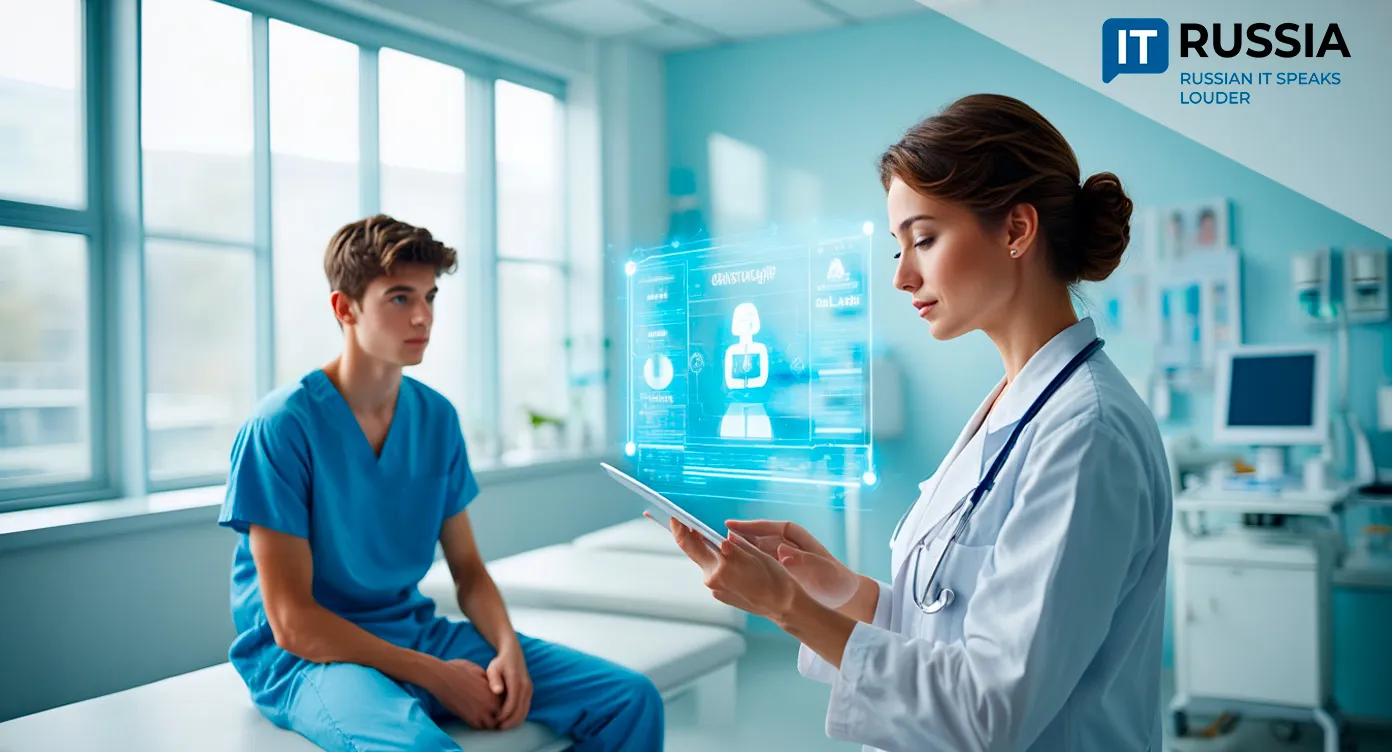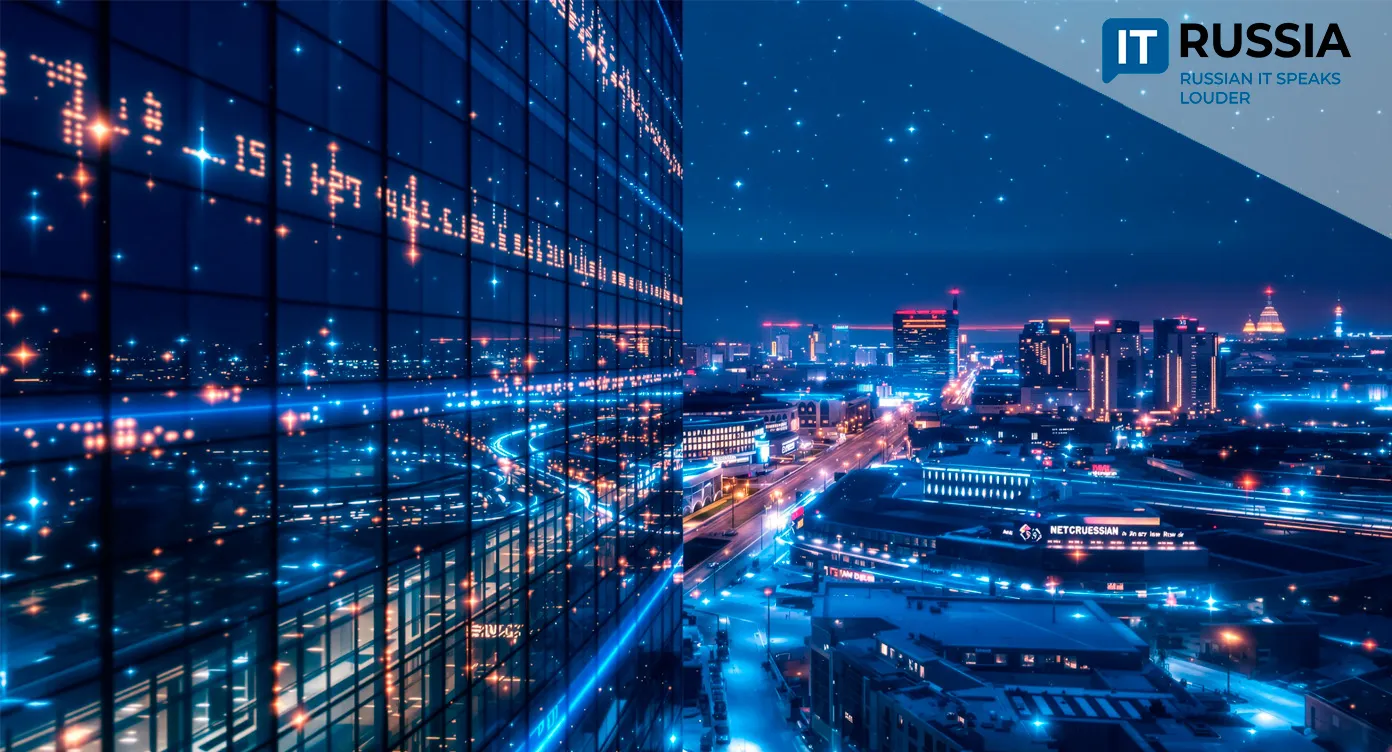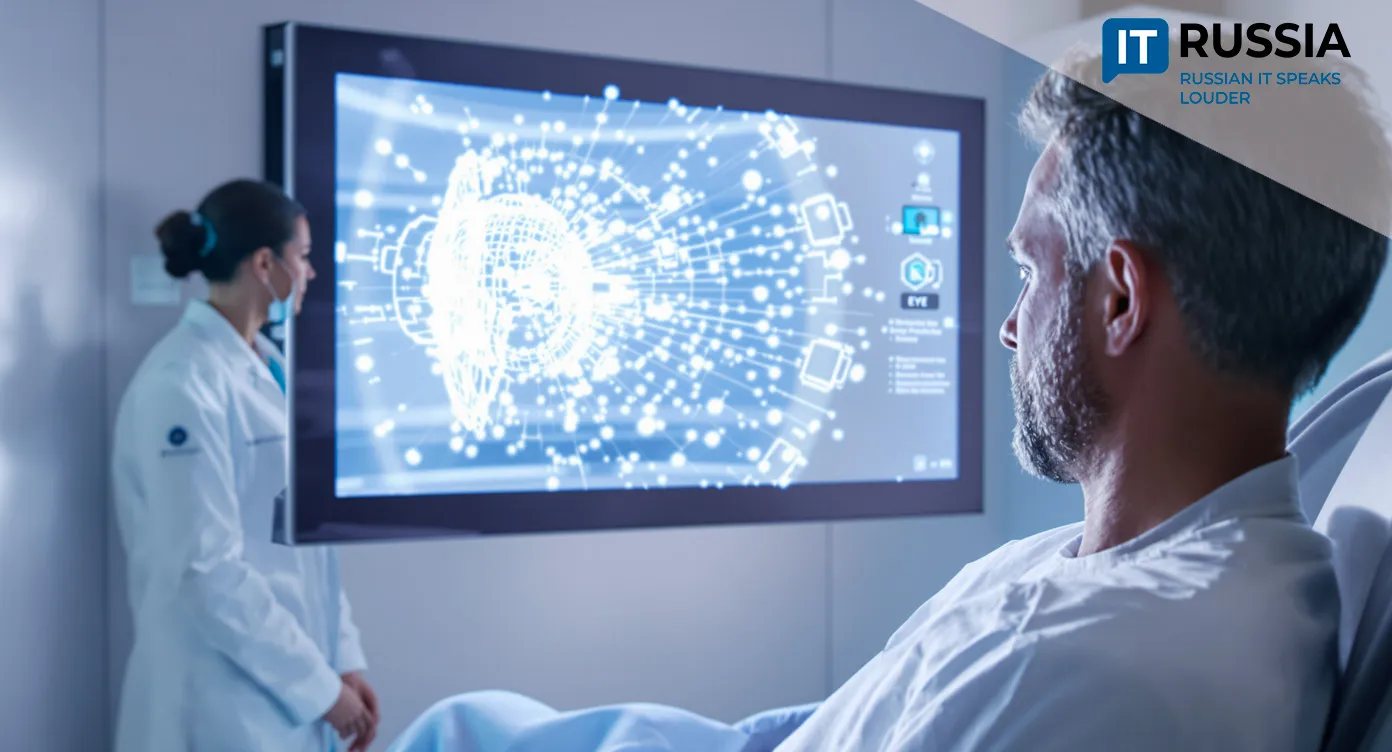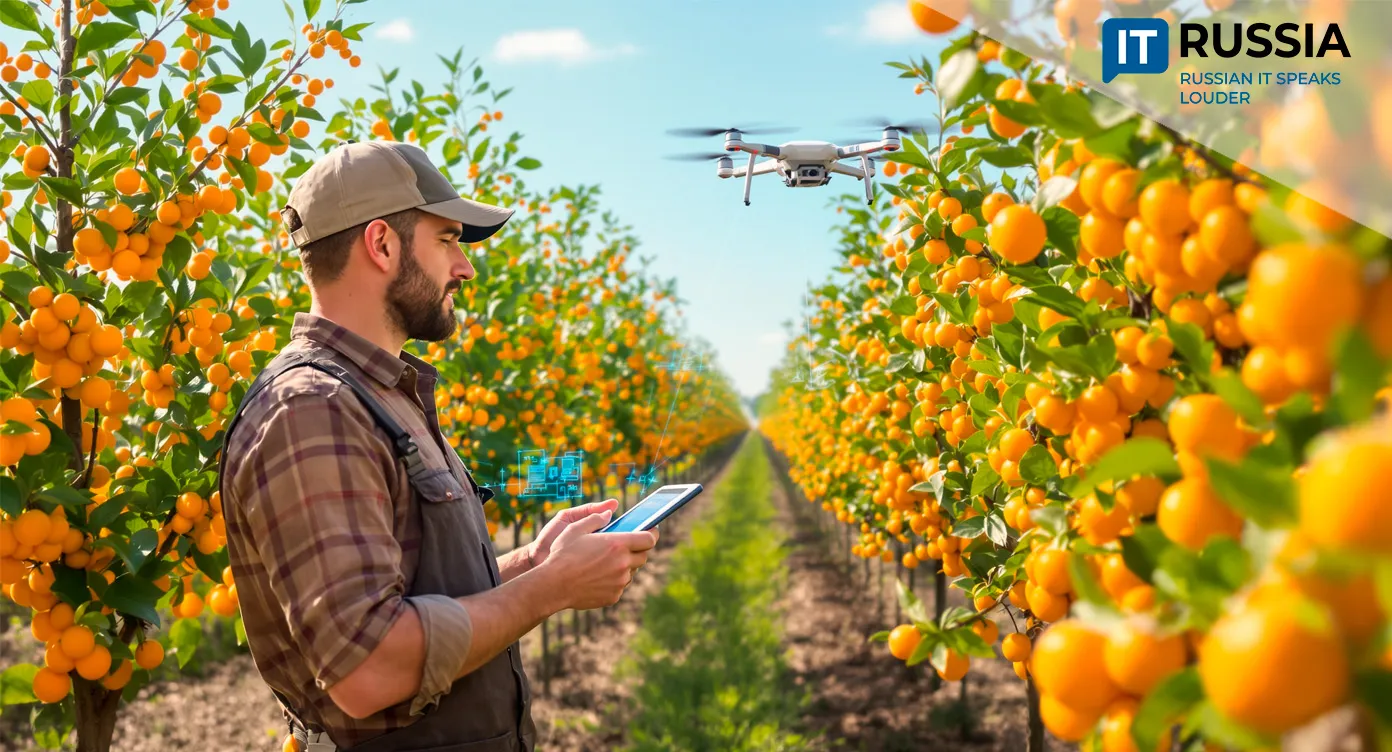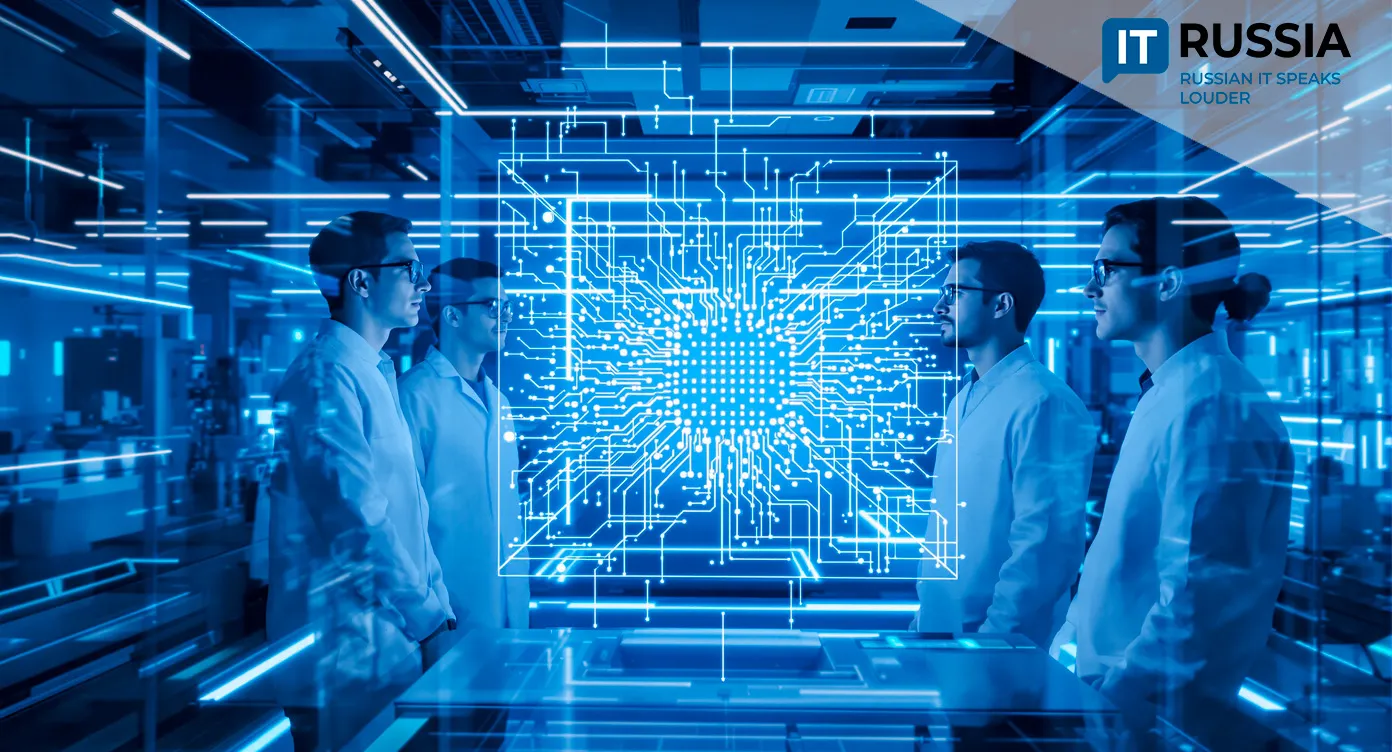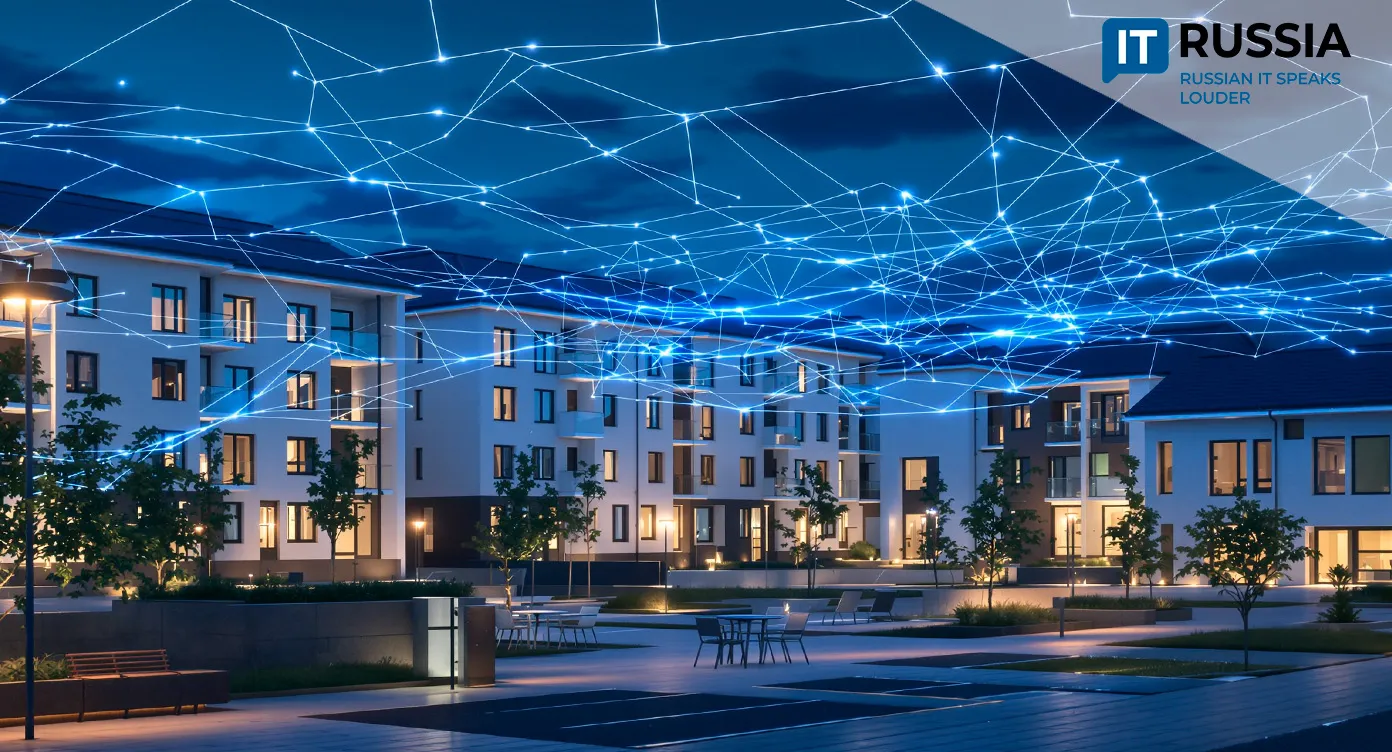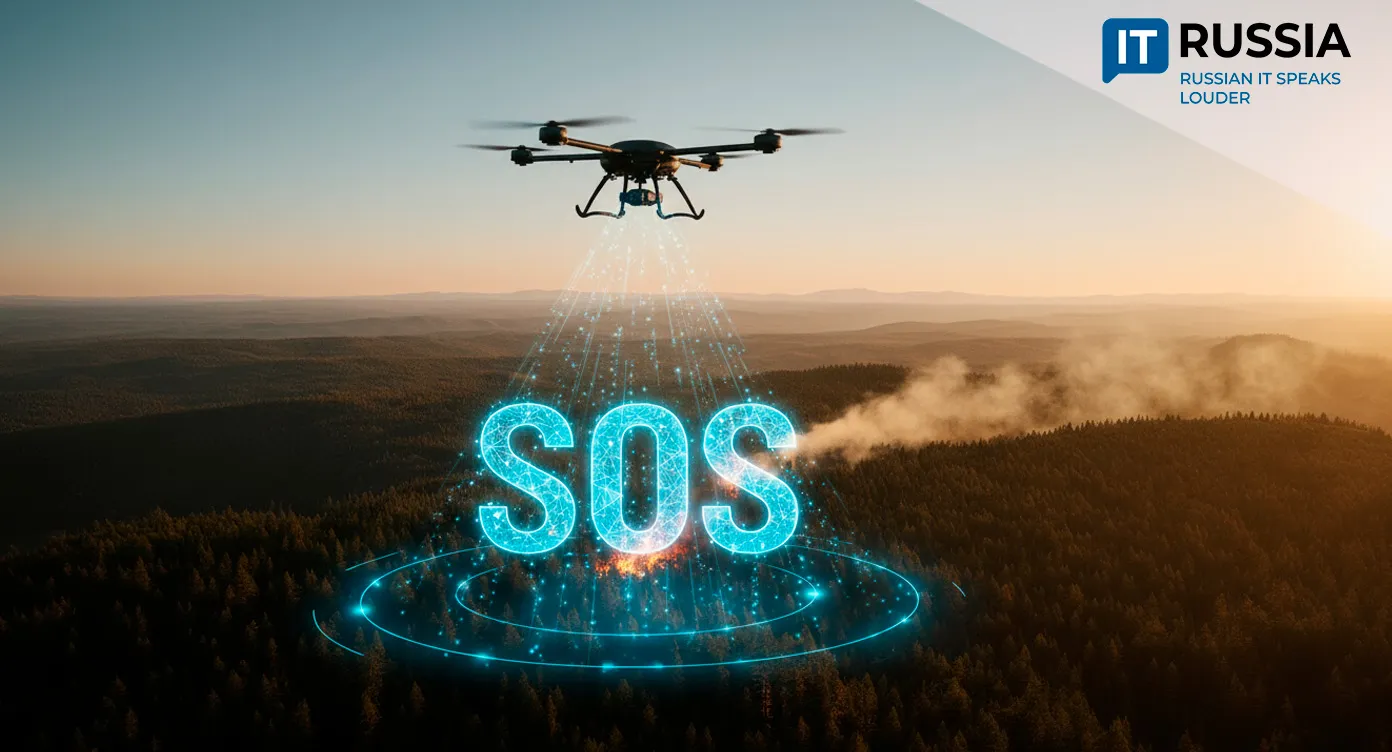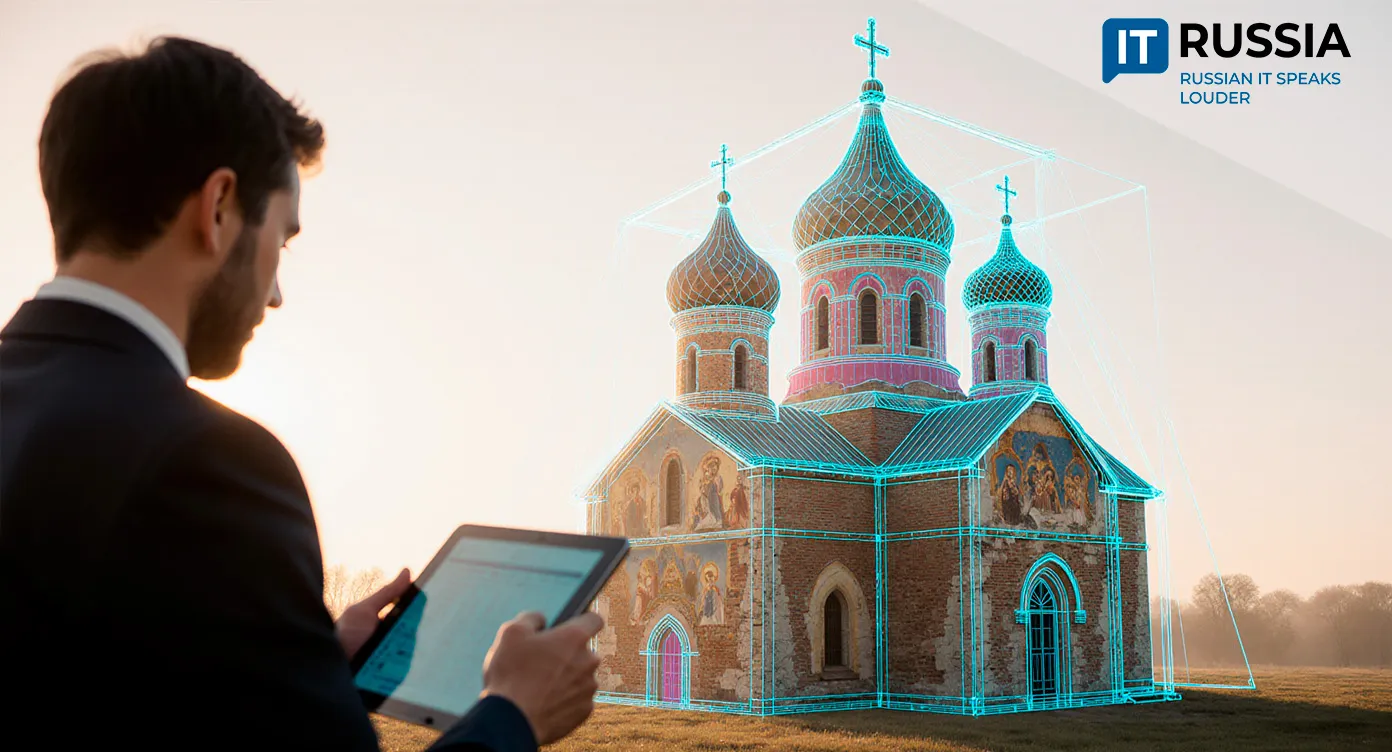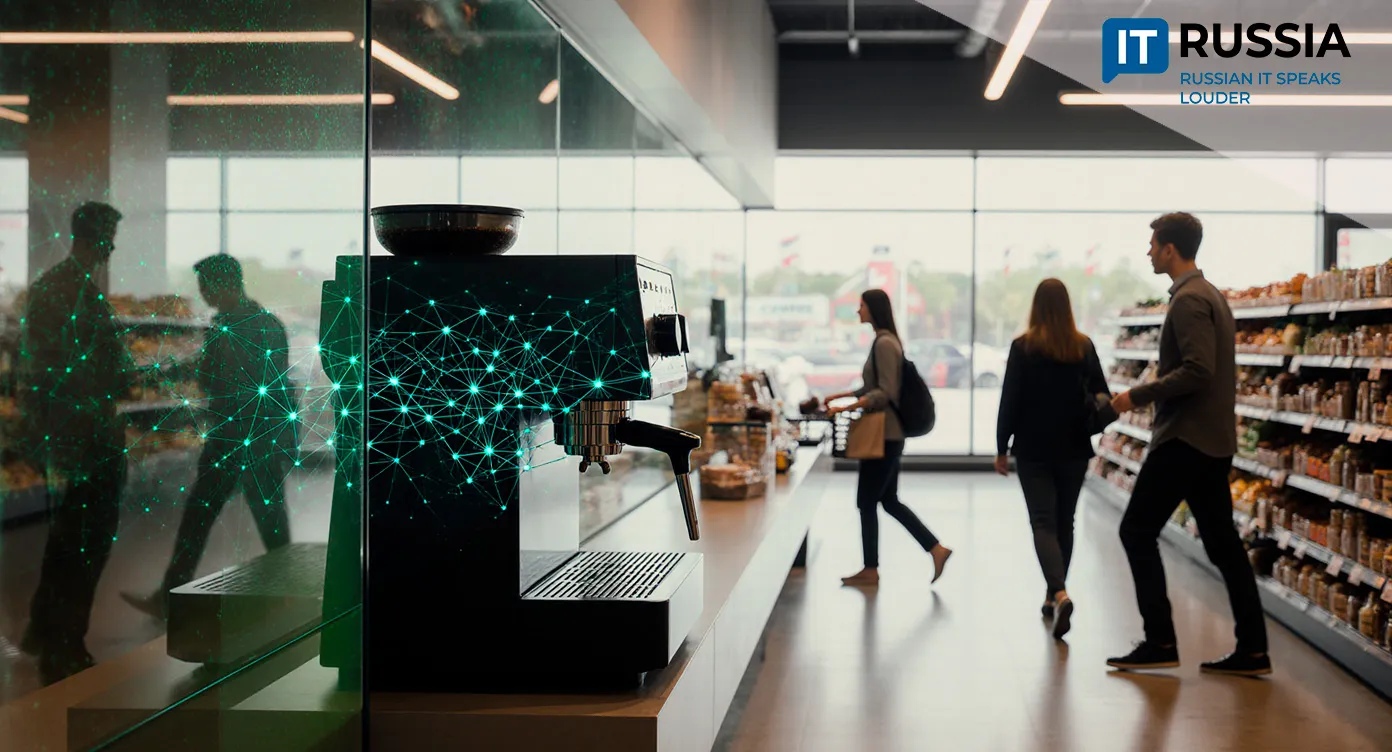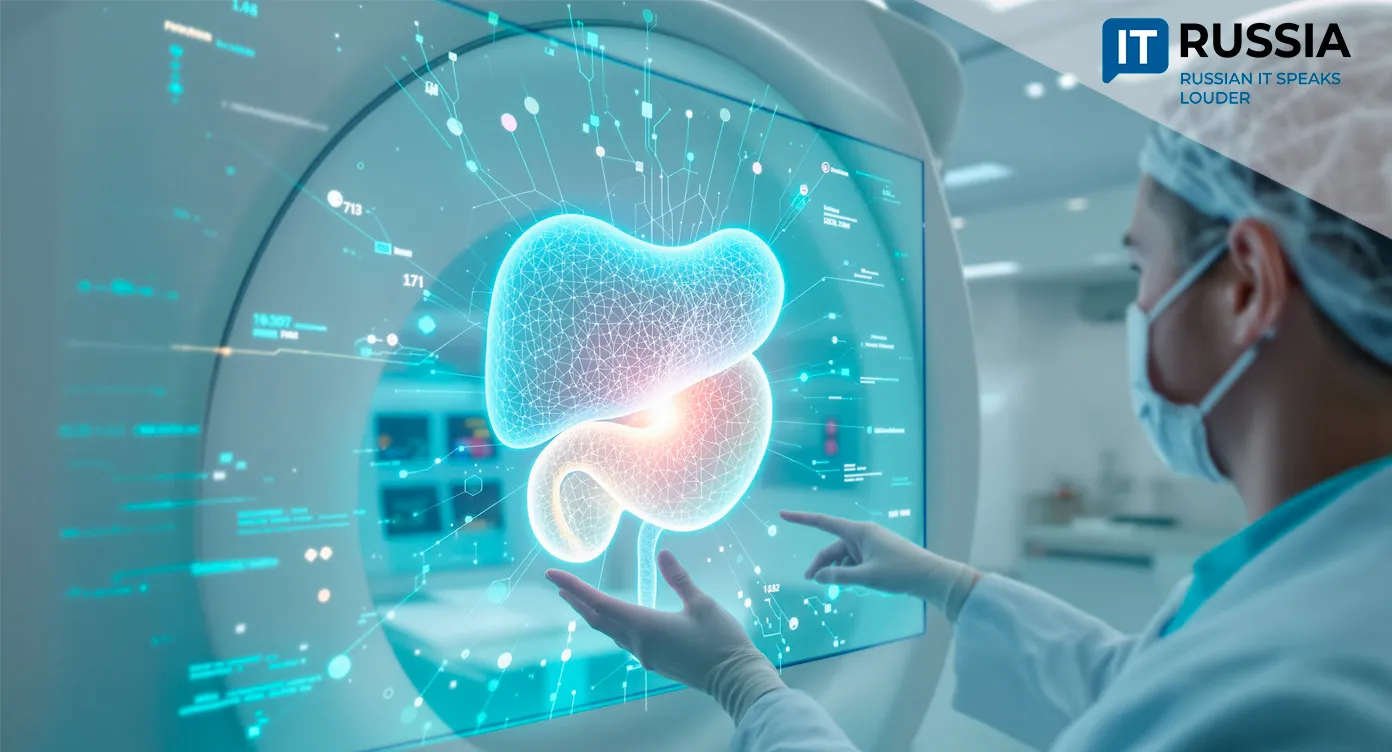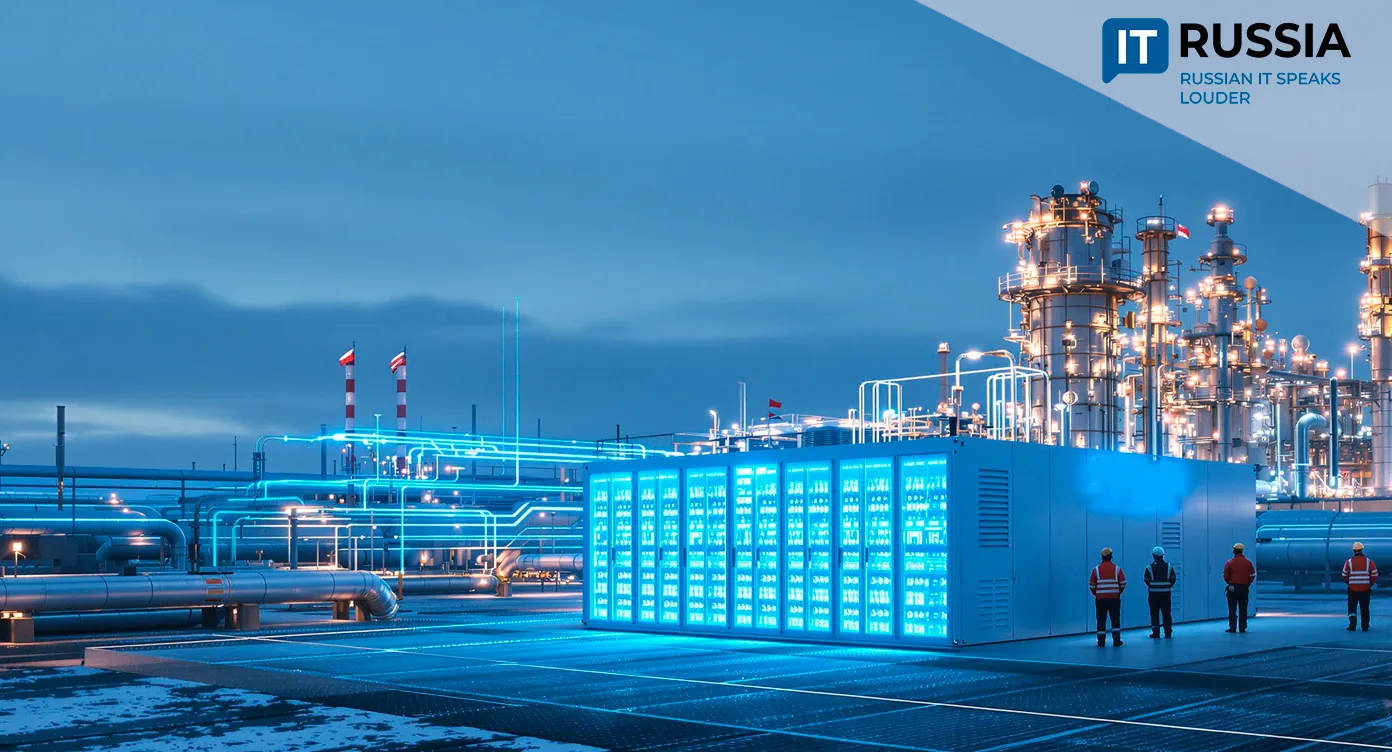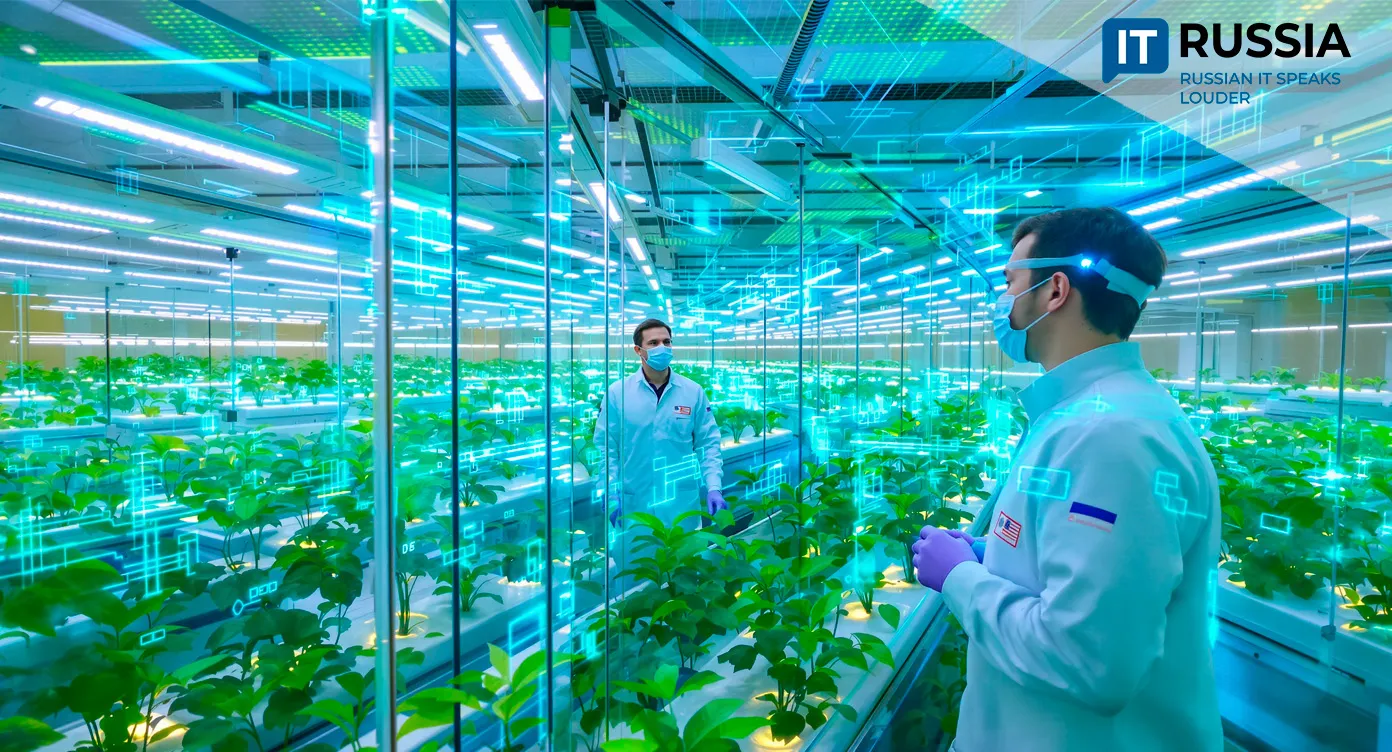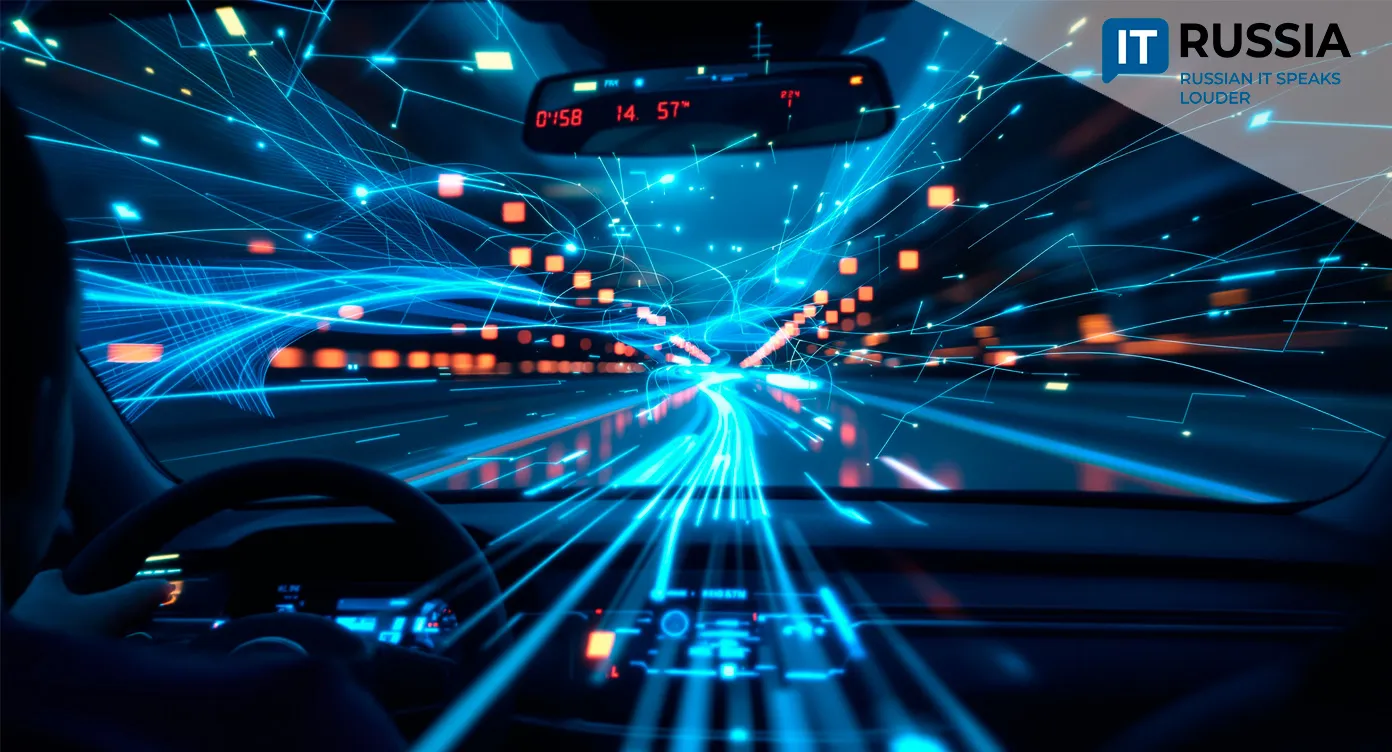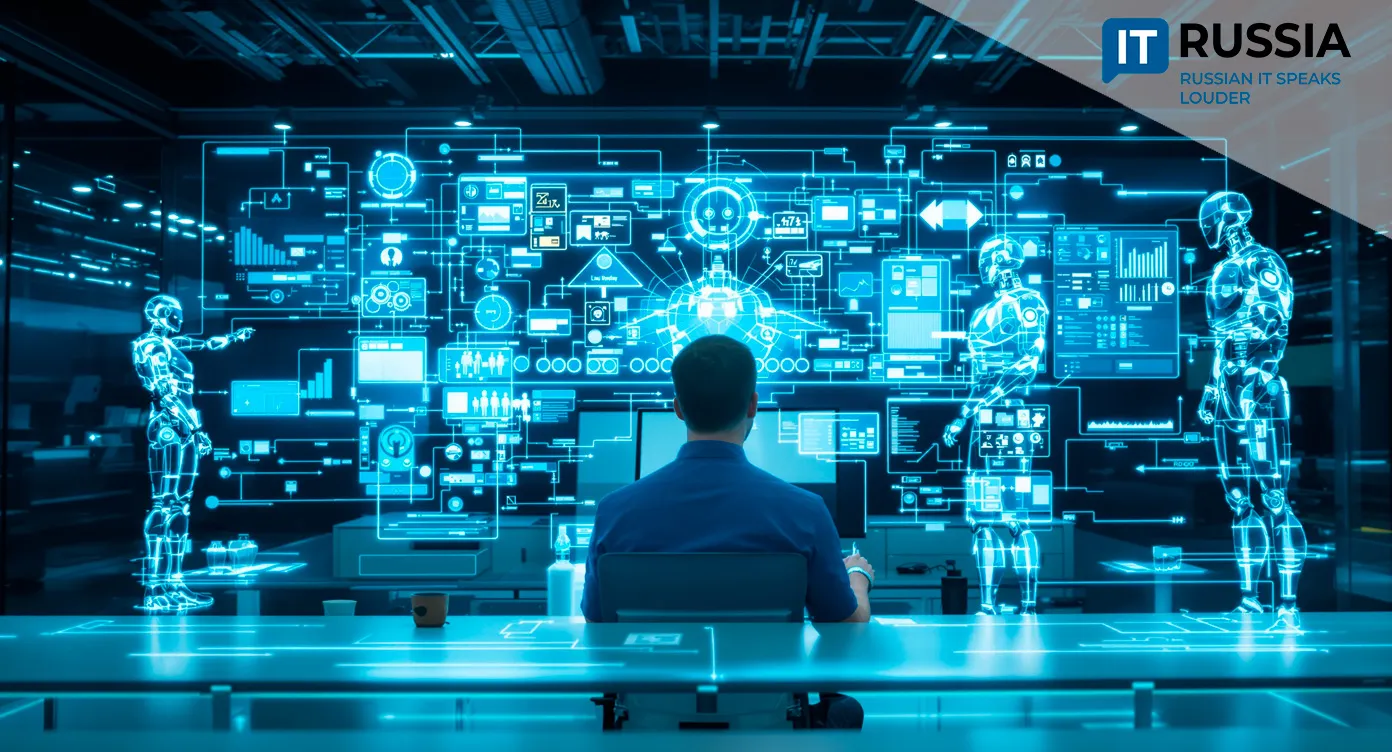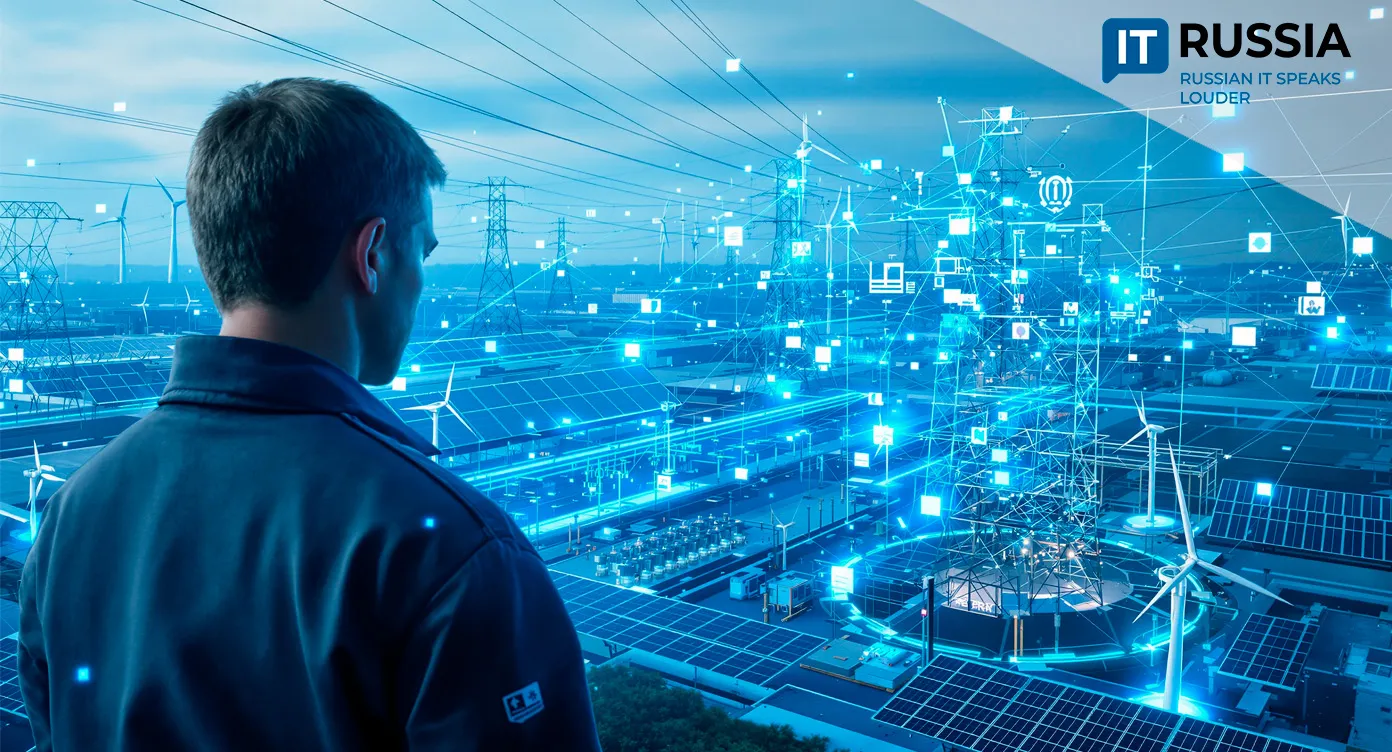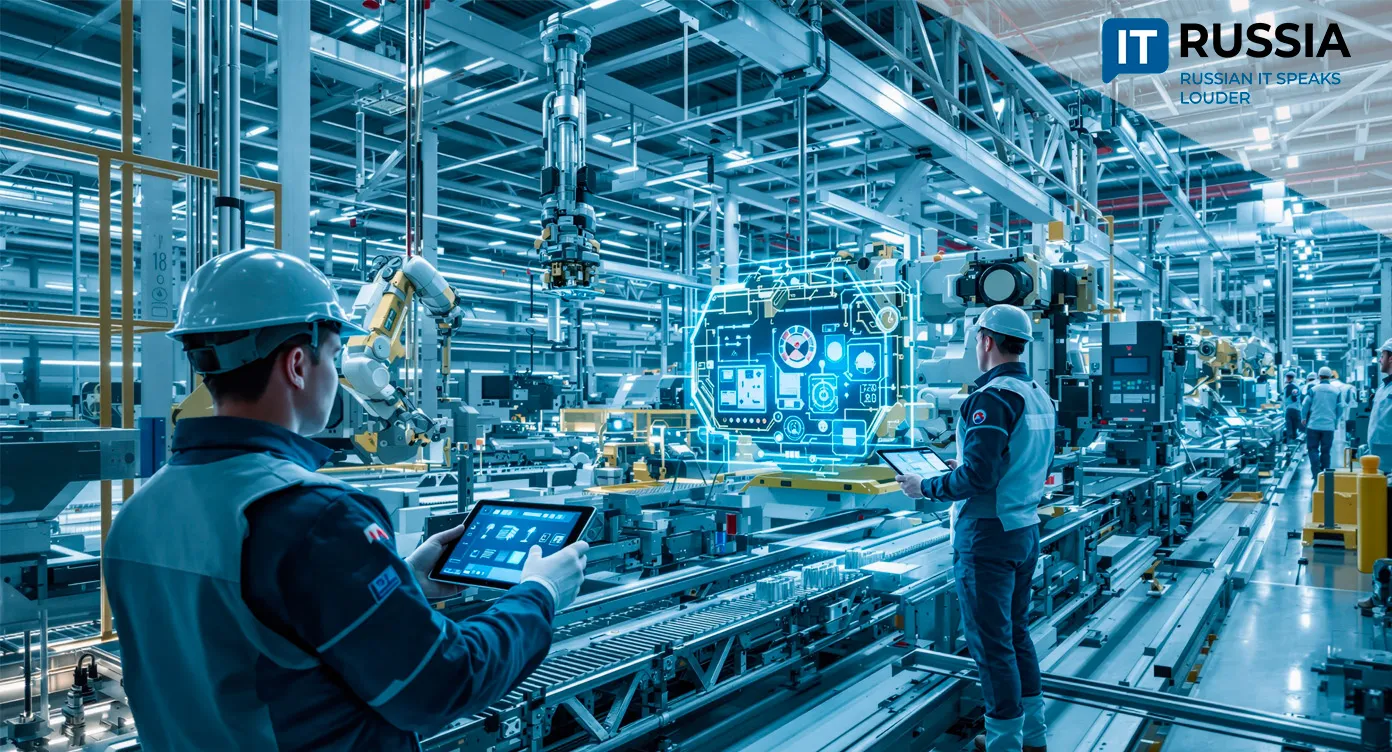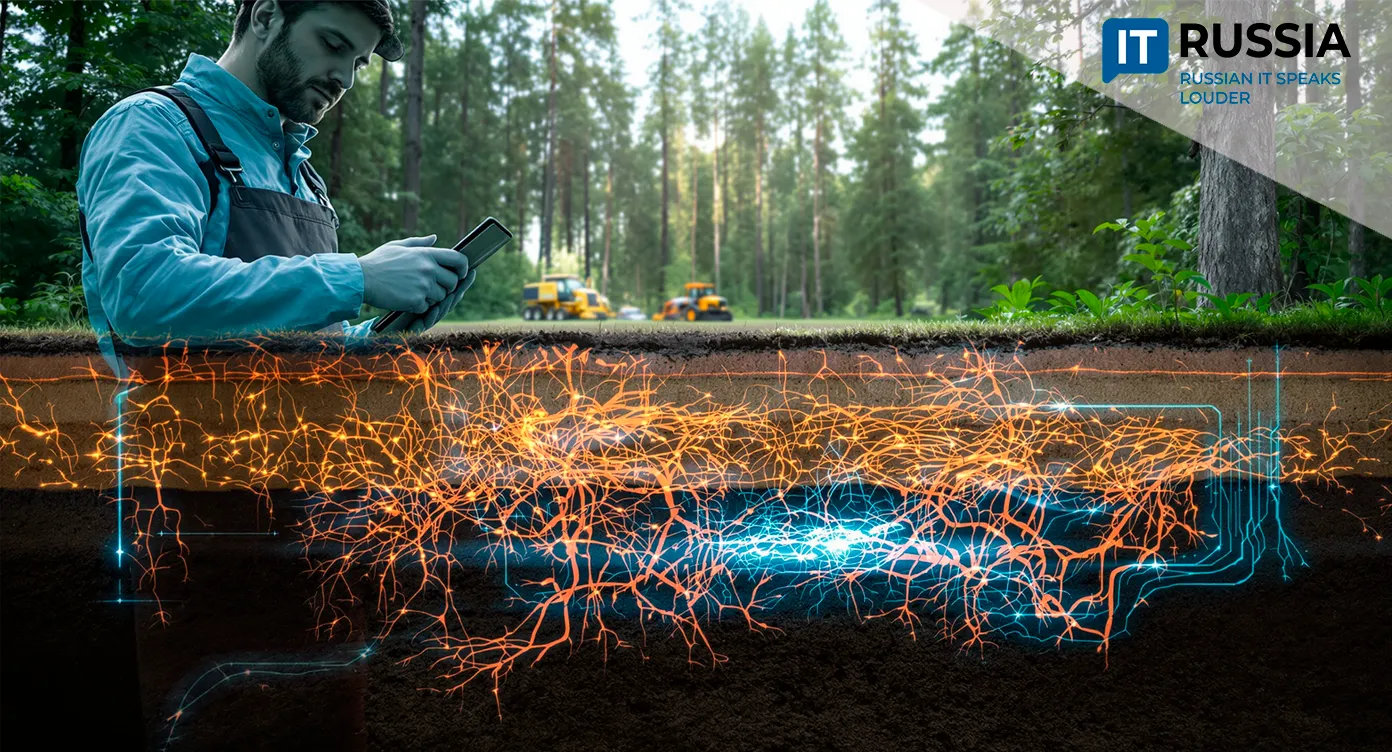Electronic Guardian: How Smart Cameras Save Lives in Manufacturing
Smart cameras equipped with advanced algorithms are transforming workplace safety. AI-driven video analytics turns traditional surveillance into a proactive safety system that prevents incidents before they happen.
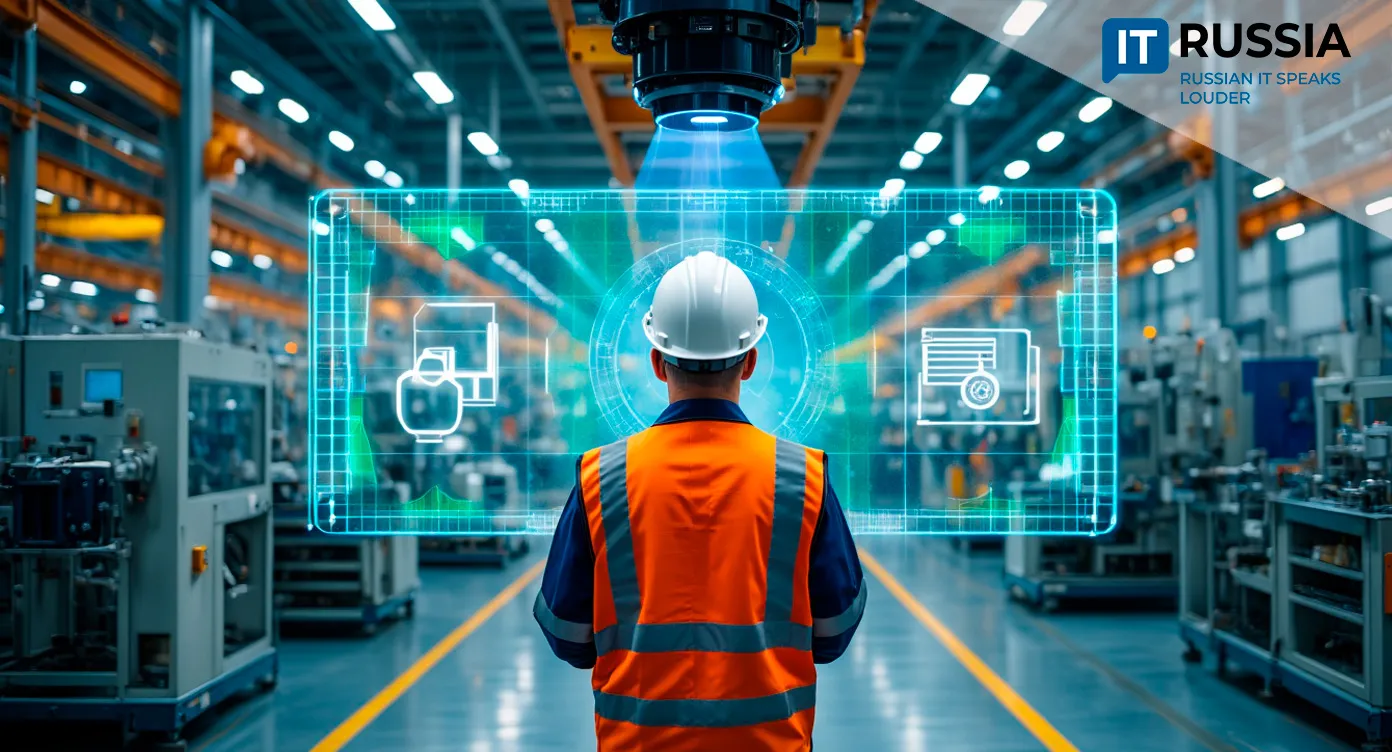
From Passive Observation to Active Prevention
Traditional video surveillance systems capture incidents but cannot prevent them. The massive volume of video footage requires significant human and time resources, making rapid response nearly impossible.
The new generation of intelligent cameras changes this paradigm. Smart surveillance systems leverage machine learning to automatically detect and analyze events that pose risks to worker safety. These cameras operate around the clock without fatigue or distraction, eliminating human error from monitoring processes.
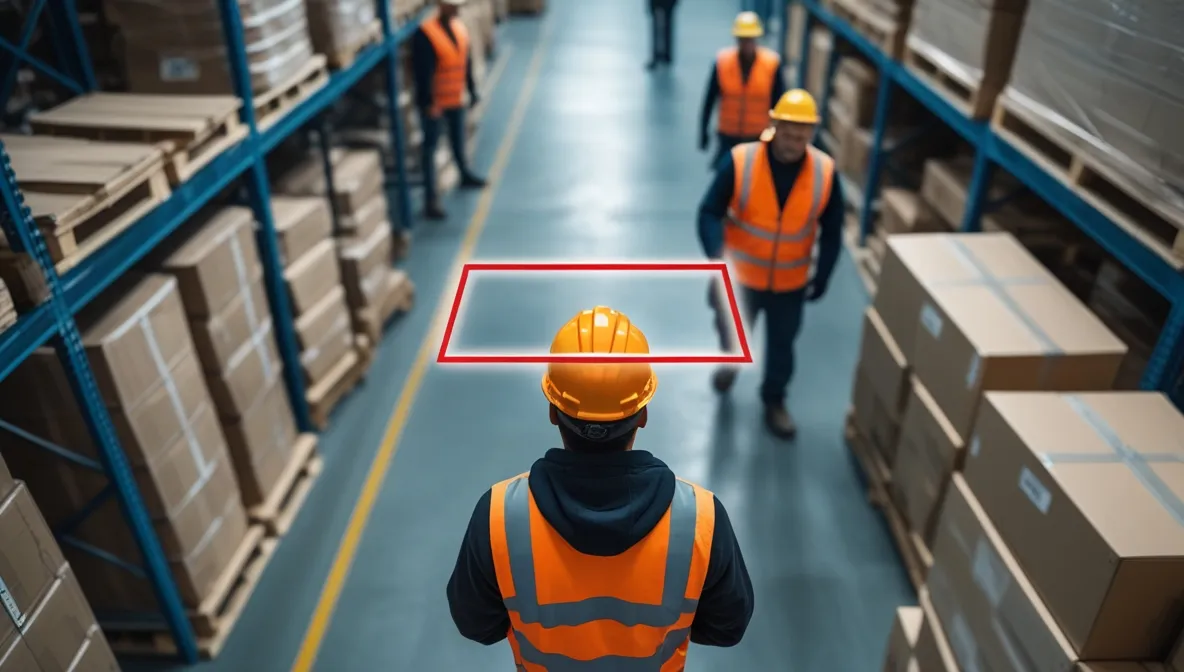
What Smart Cameras See
Modern video analytics systems can identify a wide range of hazardous situations. They detect safety violations such as unsecured equipment, lack of personal protective gear, unauthorized work in restricted zones, and failure to maintain a safe distance from moving machinery.
These systems also recognize dangerous behavior — detecting falls, intrusions into restricted areas, or unsafe use of equipment. When integrated with environmental sensors, cameras can monitor lighting, temperature, and air quality parameters.
The key advantage is real-time response: upon detecting danger, the system automatically alerts responsible personnel, allowing immediate intervention to prevent accidents. This capability is vital for large industrial sites.
Functional Capabilities of Industrial Video Analytics
Advanced solutions offer expanded capabilities for workplace safety control. Zoning and access management enable monitoring of restricted areas and unauthorized entries. Facial recognition and personnel identification support enforcement of safety rules and allow tracking of individual movements in hazardous zones. Object and event detection features locate forgotten tools, identify unauthorized individuals, and record tampering with machinery.
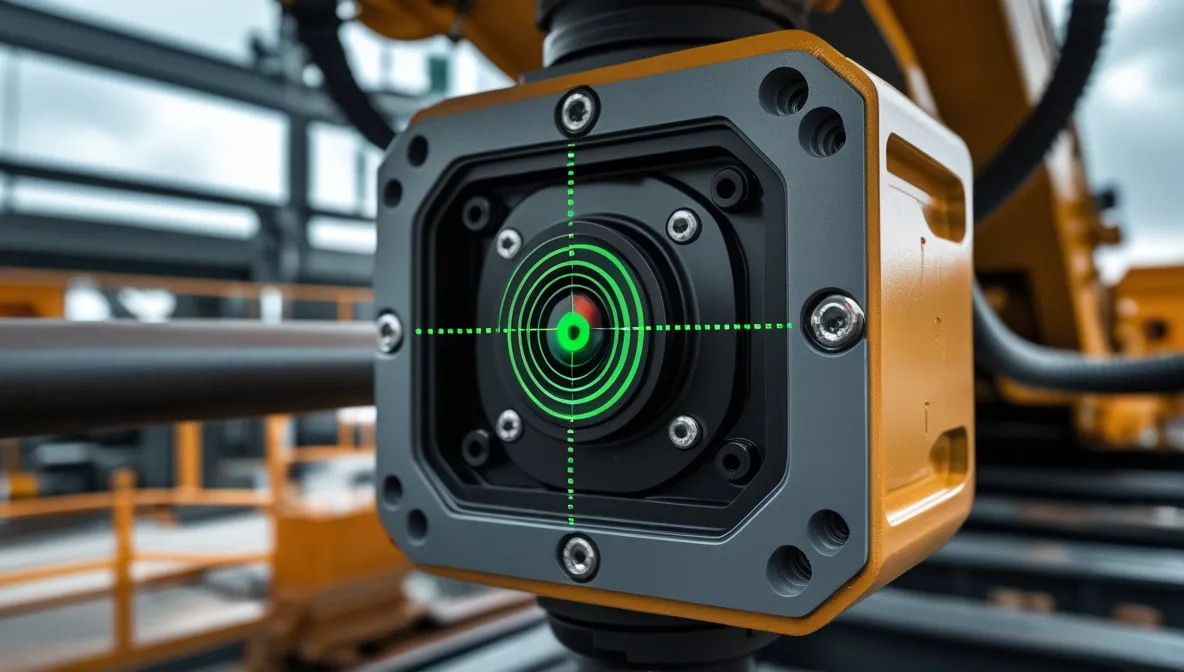
Systems automatically generate violation reports, identify high-risk areas, and assess the effectiveness of safety measures.
Leading technologies also track operational discipline: verifying adherence to process steps, monitoring correct tool usage, and analyzing task execution speed to detect anomalies. These capabilities help reduce workplace injuries and minimize production defects.
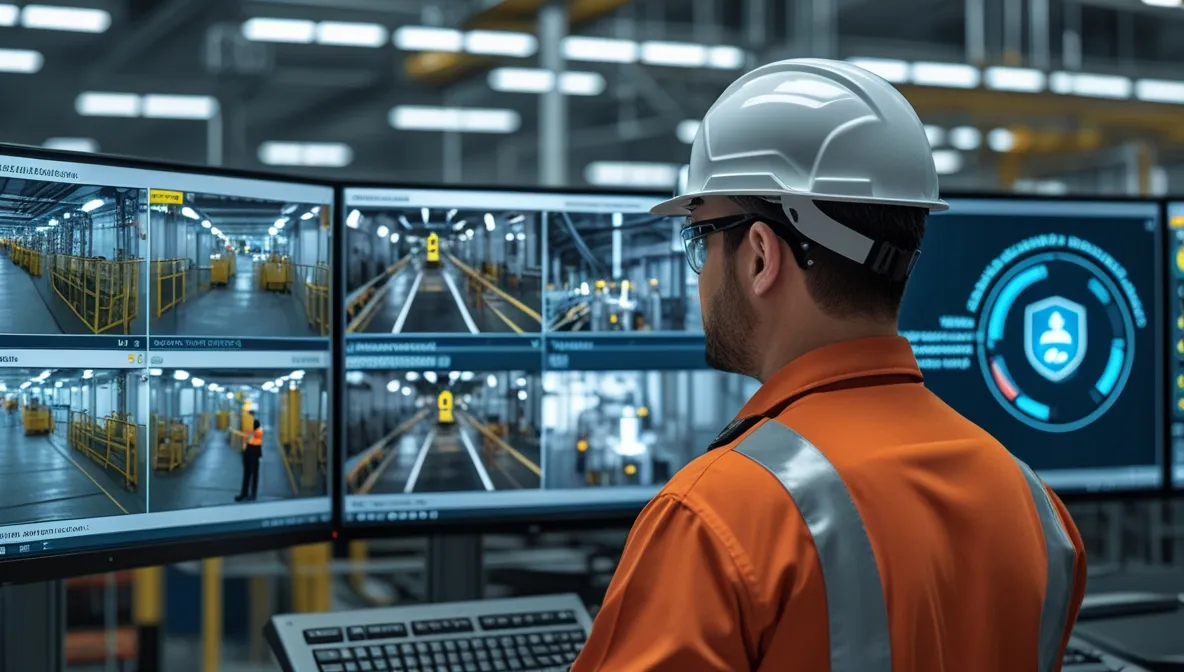
Russian Innovations on the Rise
Russia’s smart surveillance market is growing rapidly. The domestic AI-based system market is projected to reach $2.32 billion by 2030. Local manufacturers are increasingly localizing production of cameras, switches, and recorders. Companies like DSSL, RVi Group, Beward, Bolid, and Novicam provide specialized solutions for the country’s industrial needs.
In 2025, the latest Russian high-definition 'Finist' cameras with built-in AI analytics were deployed in the Sverdlovsk region. Russian tech firm 3DiVi developed solutions for monitoring industrial processes and quality control — including automatic detection of visual defects and operator engagement. ITMO University created a universal model for real-time monitoring of actions that could lead to workplace emergencies.


